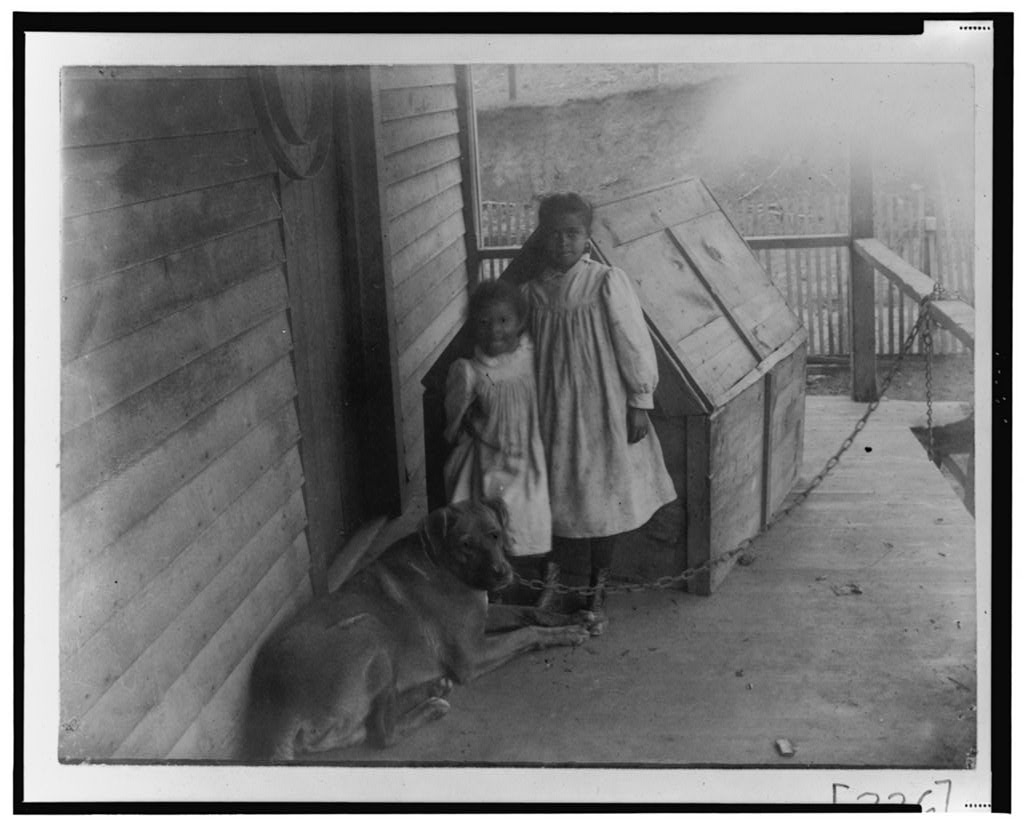
In summary, dogs- their treatment, function in the household, and relationship with children- directly reflected significant changes as well as divisions within American society between 1850 and 1950. Public fears surrounding immigration, industrialization, and urbanization were often projected onto dogs, shaping the way public policy and law enforcement agencies treated them, and the degree to which children were able to experience their presence, for better or for worse. Upper-class children posed for portraits with their beloved family pets, while learning highly valuable lessons about kindness and empathy, while struggling lower-class children were commissioned to capture and imprison dogs that were equally impoverished. This dichotomy is not only telling of the role both children and dogs played in 19th-20th century society, but also of the recurring themes of social inequality that continue to shape society today. The conditions dogs experienced mirrored those experienced by children across lines of race, class, and immigrant status. The constructed image of the “ideal dog” was highly influential in this time period as well, as breeders sought to keep their pets pure and enviable. The “ideal child” in the eyes of society was also ethnically pure, born into a wealthy family, and groomed to perfection. Although as a whole, both dogs and children came to to valued more than ever between 1850 and 1950, there were still extreme discrepancies in their treatment based on a number of uncontrollable factors. Dogs influenced the lives of children in many different ways, and helped construct their childhoods and who they would one day become.